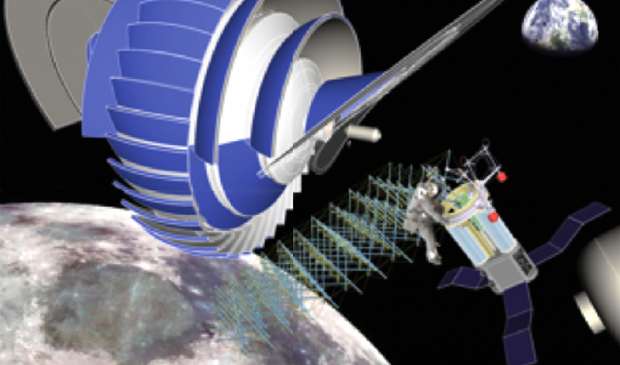
Breaking News
 Pentagon Partners With xAI Service For Military's Growing Artificial Intelligence Toolset
Pentagon Partners With xAI Service For Military's Growing Artificial Intelligence Toolset
 Pharmakeia: America's Seniors Are Being Overmedicated Into Oblivion
Pharmakeia: America's Seniors Are Being Overmedicated Into Oblivion
 The New Battle for the Americas: Why the Western Hemisphere Is Becoming a Global...
The New Battle for the Americas: Why the Western Hemisphere Is Becoming a Global...
Top Tech News
 Travel gadget promises to dry and iron your clothes – totally hands-free
Travel gadget promises to dry and iron your clothes – totally hands-free
 Perfect Aircrete, Kitchen Ingredients.
Perfect Aircrete, Kitchen Ingredients.
 Futuristic pixel-raising display lets you feel what's onscreen
Futuristic pixel-raising display lets you feel what's onscreen
 Cutting-Edge Facility Generates Pure Water and Hydrogen Fuel from Seawater for Mere Pennies
Cutting-Edge Facility Generates Pure Water and Hydrogen Fuel from Seawater for Mere Pennies
 This tiny dev board is packed with features for ambitious makers
This tiny dev board is packed with features for ambitious makers
 Scientists Discover Gel to Regrow Tooth Enamel
Scientists Discover Gel to Regrow Tooth Enamel
 Vitamin C and Dandelion Root Killing Cancer Cells -- as Former CDC Director Calls for COVID-19...
Vitamin C and Dandelion Root Killing Cancer Cells -- as Former CDC Director Calls for COVID-19...
 Galactic Brain: US firm plans space-based data centers, power grid to challenge China
Galactic Brain: US firm plans space-based data centers, power grid to challenge China
 A microbial cleanup for glyphosate just earned a patent. Here's why that matters
A microbial cleanup for glyphosate just earned a patent. Here's why that matters
 Japan Breaks Internet Speed Record with 5 Million Times Faster Data Transfer
Japan Breaks Internet Speed Record with 5 Million Times Faster Data Transfer
Think and plan a lot bigger in space as the SpaceX BFR will give 1000 times old...

SpaceX is rapidly changing what is possible in space. Instead of taking 40 launches over a decade to build the 400-ton space station, we could have 1000 launches in a year from ten fully reusable SpaceX BFRs that would place 150,000 tons into space. The 1000 SpaceX BFR launches would cost $10 billion versus $40 billion for the space shuttle launches of the International space station.
We will be getting 1000 times the capability in space.
The most technically challenging aspect of designing a growth-capable space habitat is growing the pressure hull. One method of growing a torus-shaped pressure hull is illustrated in the animation shown here. In this method a new folded pressure hull is constructed inside the existing pressure hull. When the new hull has been pressure tested, the existing hull is removed and the material recycled. The new pressure hull is then expanded by a controlled release of the restraining cables. The animation shows one way of folding the new pressure hull to enable proportional growth where every facet of the torus grows by the same proportion, resulting in a uniformly scaled expansion.

 No Excuses: Throw A Party!
No Excuses: Throw A Party!


